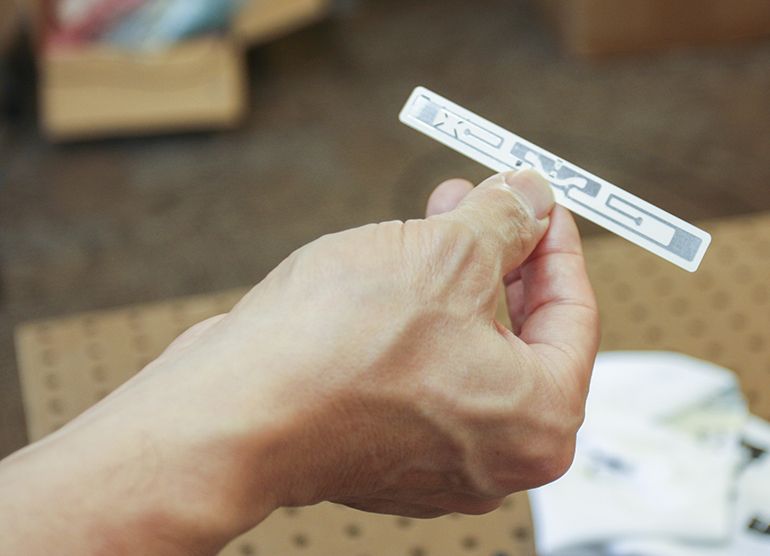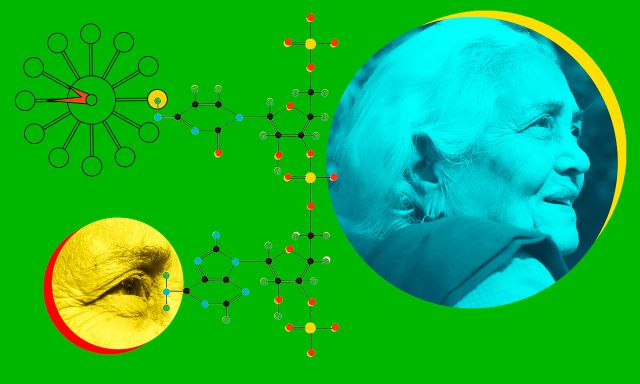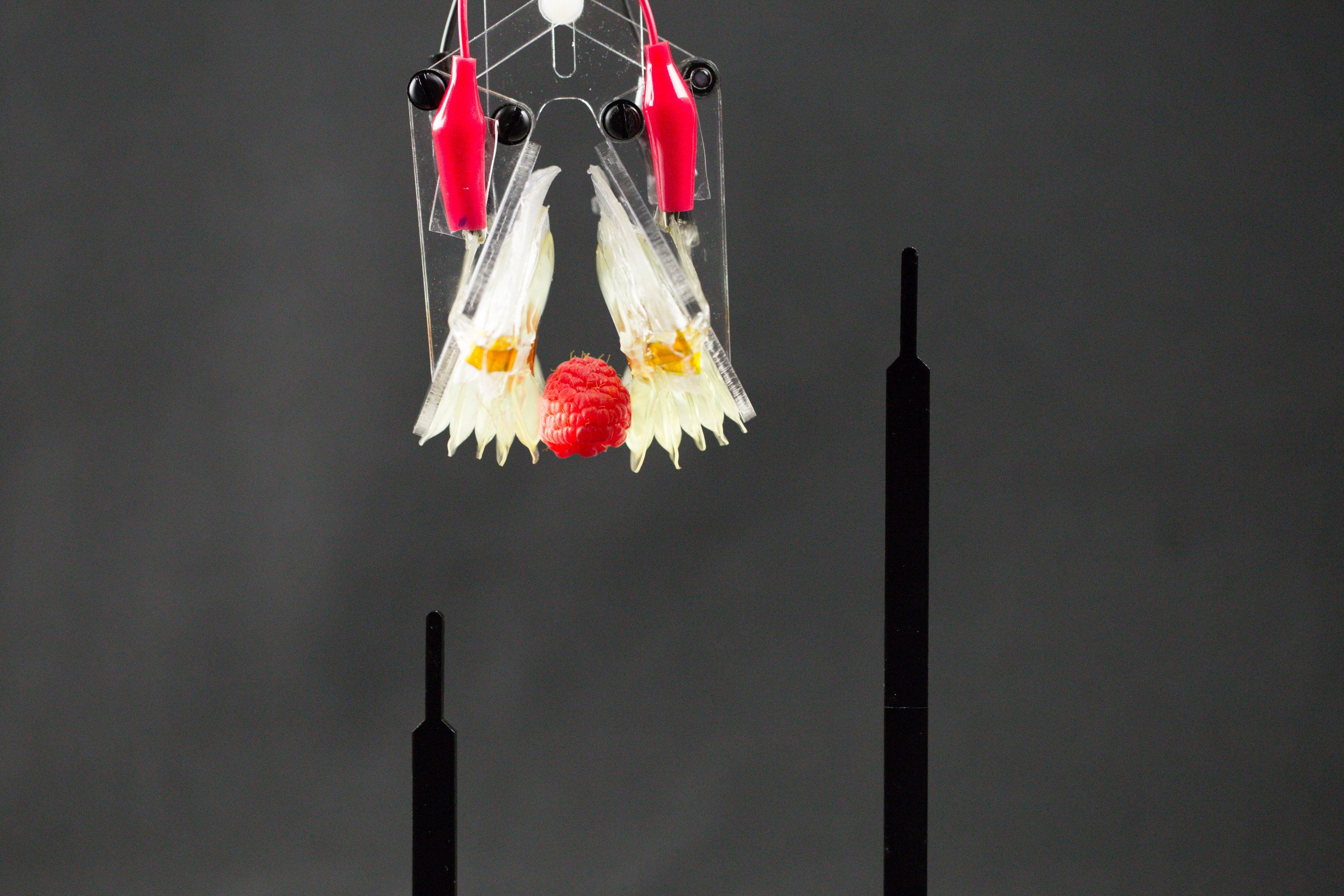Contact-free measurement of vital signs is already a reality, but with a few important limitations some of which researchers at Cornell University may be able to overcome. Currently used devices typically require the patient to be in close proximity to the sensor, and they’re only able to measure the breathing and heart rates, along with body movement.

Technology developed at Cornell involves tags worn on clothing, or just placed near the patient, that emit radio waves toward the lungs and heart to measure their activity accurately, while allowing the patient to move around. Additionally, blood pressure may also be measured this way, but more work will be required to validate the technology.
The new technique relies on so-called near-field coherent sensing, which allows each tag to have a unique radio signal. This permits many patients in the same facility to be monitored uniquely and without any interference.









